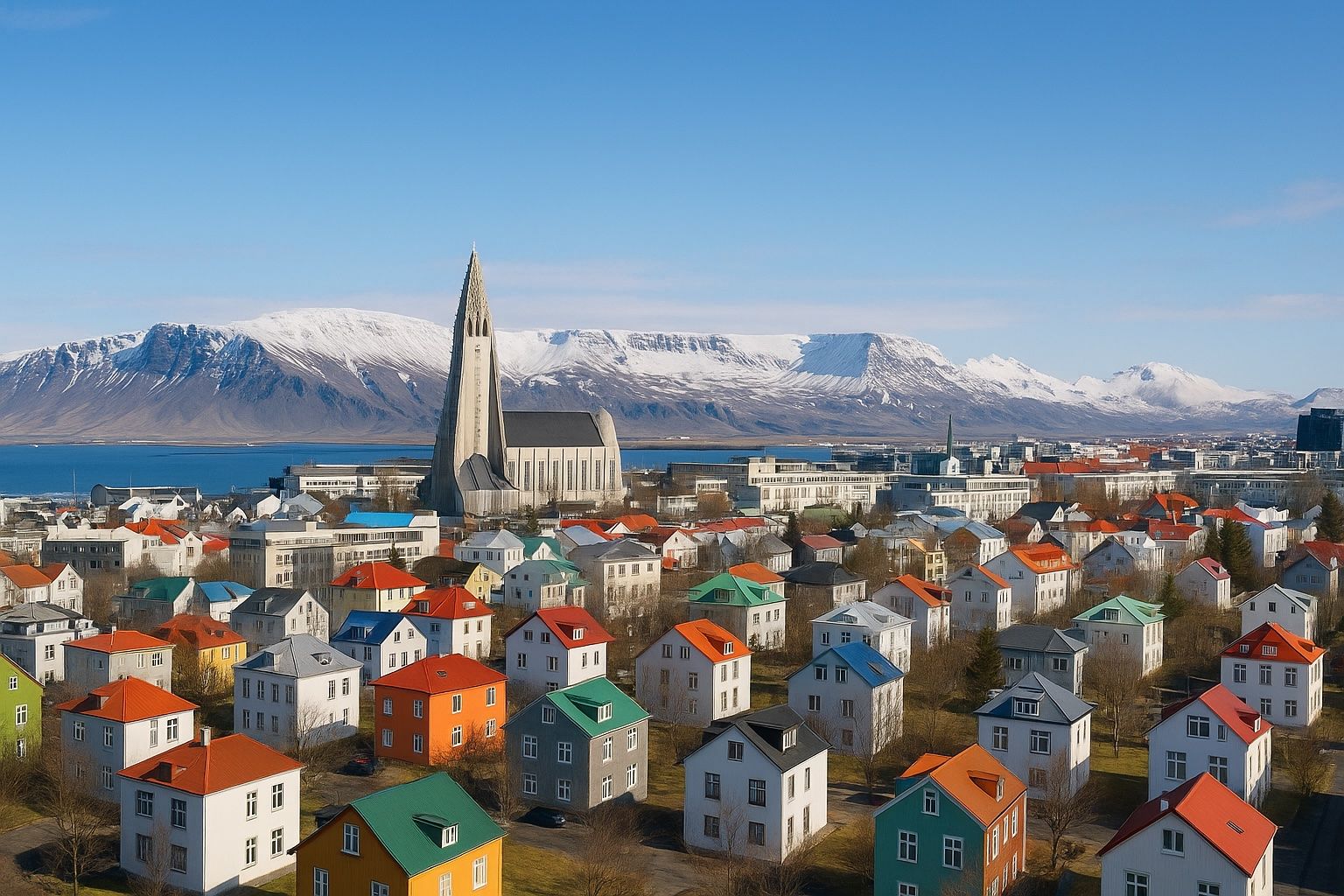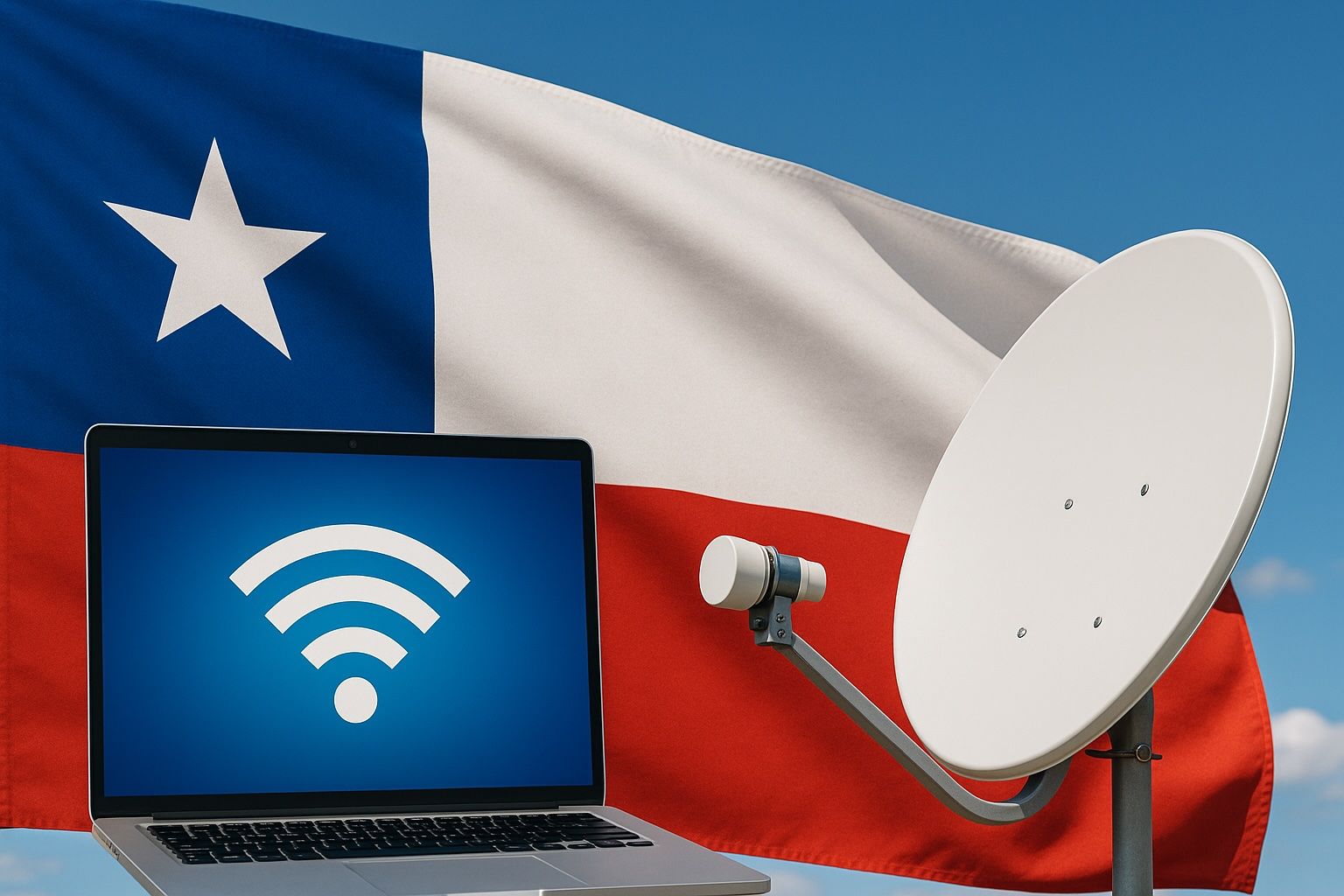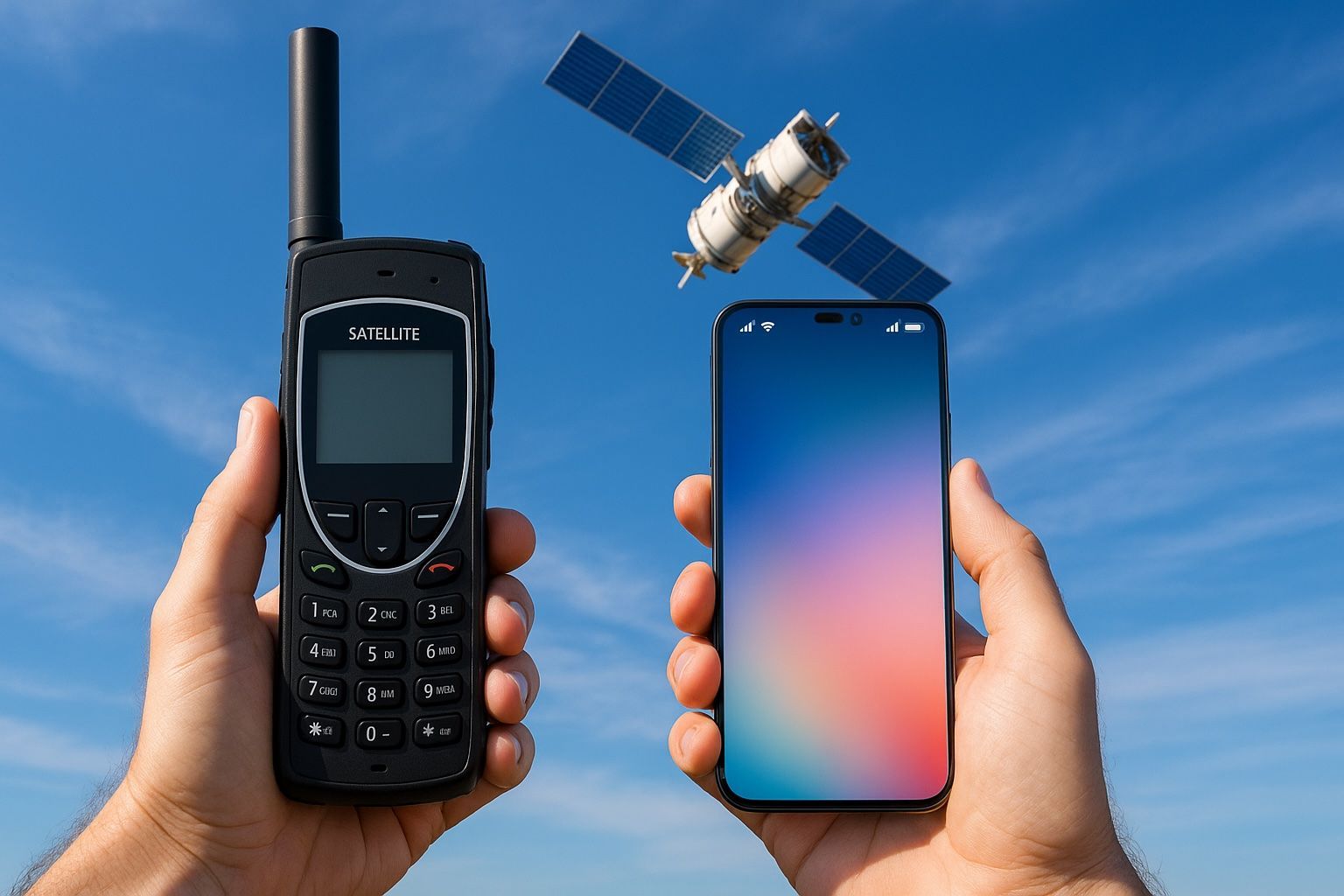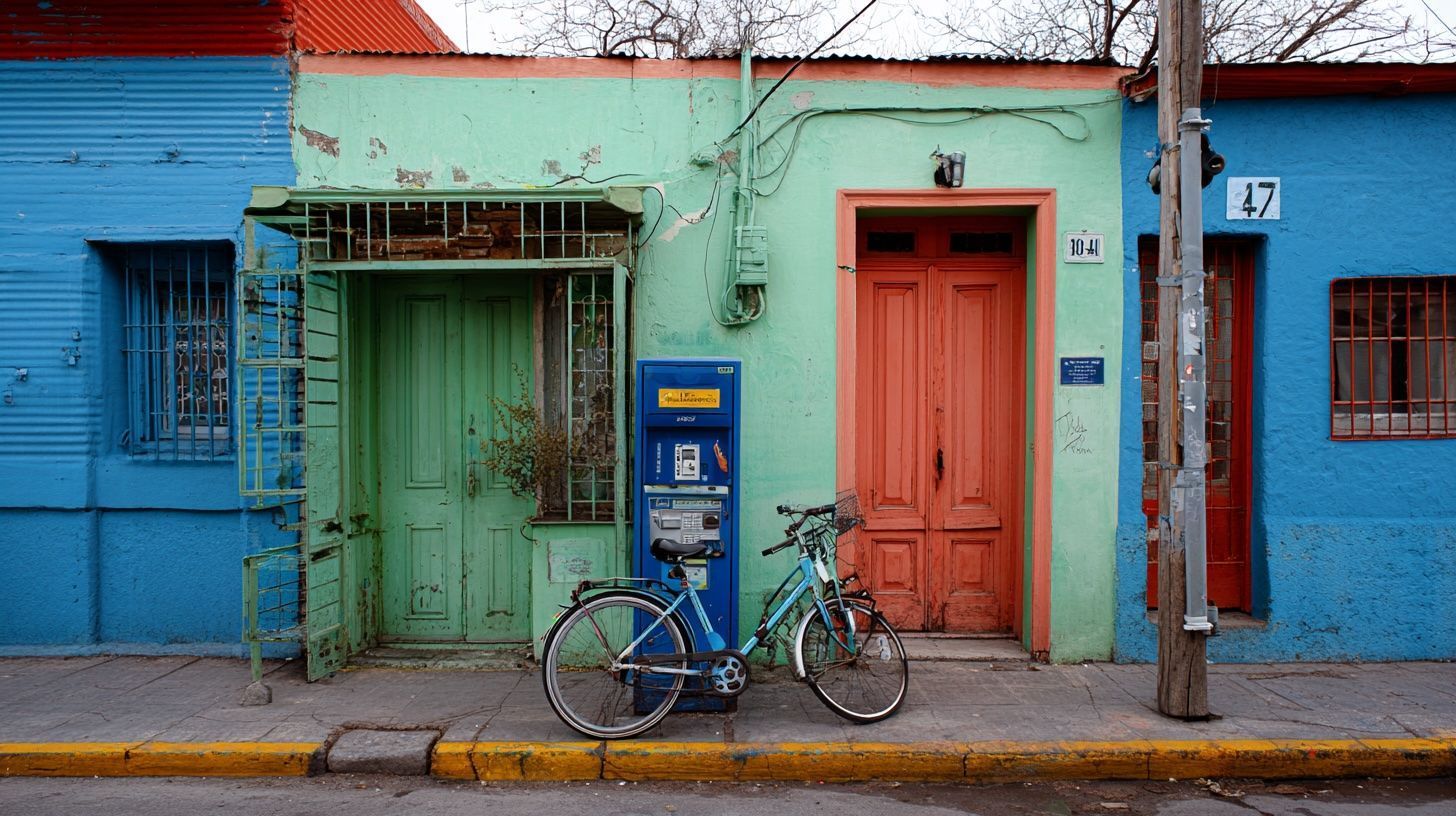
Global Drone Industry: 2025 Market Report
The global drone market was valued at about $73 billion in 2024 and is forecast to reach $163+ billion by 2030, with a 14%+ CAGR in the latter 2020s. Military and defense end-use accounted for about 60% of total drone market value in 2024. DJI held an estimated 70%+ share of the global drone market by 2024. Ukraine produced over 2 million drones domestically in 2024 and, per President Zelensky in early 2025, has the capacity to build 4 million drones annually. Baykar’s TB2 armed drone has endurance over 24 hours and by 2024 Baykar had export deals with 30










